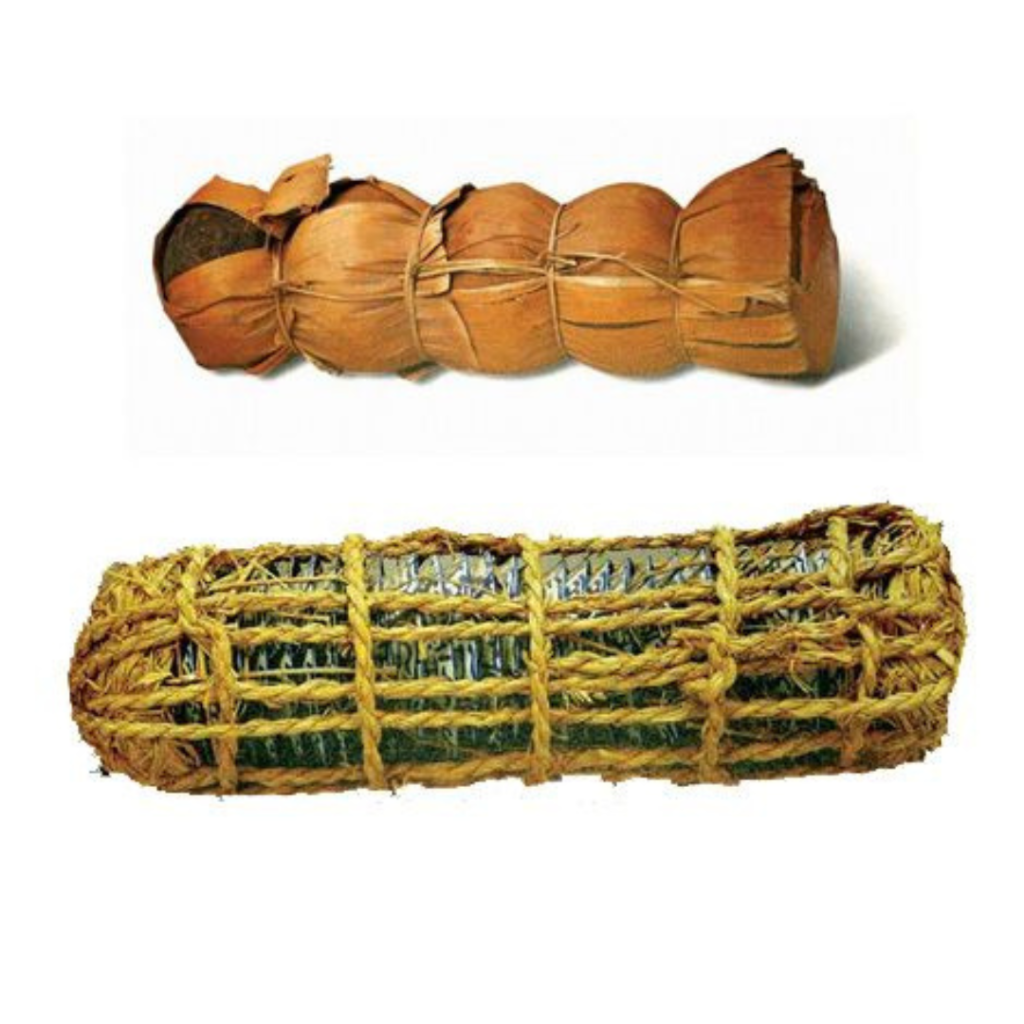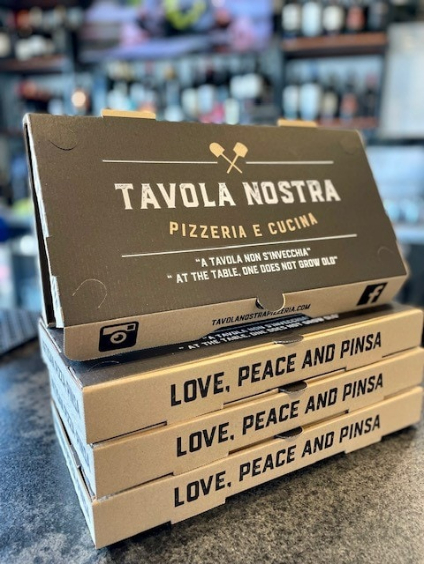
Packaging has come a long way since its earliest days, when our ancestors used natural materials like leaves, bark, and animal skins to protect and transport their goods. Over time, the materials and methods used to package products have evolved and improved, shaped by advances in technology and changes in consumer needs.

In ancient civilizations, packaging was used primarily for preservation and transportation. The Egyptians, for example, used clay pots to store grains and liquids, while the Romans used amphorae made of clay or glass to transport wine and oil. The packaging of these ancient times was primitive, but it served its purpose.
In medieval times, new materials such as parchment and waxed paper began to be used for packaging. Packages were also becoming more sophisticated, with the use of seals and labels to indicate contents. This allowed for branding and the beginnings of advertising.
The Industrial Revolution brought about a major shift in packaging. The mass production of goods made packaging more important than ever for protecting products during transportation, and for preserving them on store shelves. New materials such as tinplate and glass jars were introduced and machine-made paper bags began to replace handmade ones.

The 20th century was a time of rapid change in packaging. Advances in technology allowed for new materials such as plastics, which were cheaper and more versatile than previous materials, to be used extensively in packaging. The widespread use of refrigeration also allowed for a wider variety of perishable goods to be packaged and sold. Branding and design became more important as well as packaging became more than just a functional tool but also a marketing one.
Today, packaging continues to evolve to meet the changing needs of consumers and businesses. Companies are using sustainable materials and production methods to reduce the environmental impact of packaging, while also looking for ways to make packaging more visually appealing and user-friendly. The use of digital technology is also becoming increasingly prevalent in packaging, with the use of QR codes, augmented reality and interactive packaging.
Overall, the evolution of packaging has been a fascinating journey, shaped by technological advancements, changes in consumer needs and the demands of a global economy. As we look to the future, it will be interesting to see what new materials, technologies, and design trends will emerge to shape the packaging of tomorrow.

